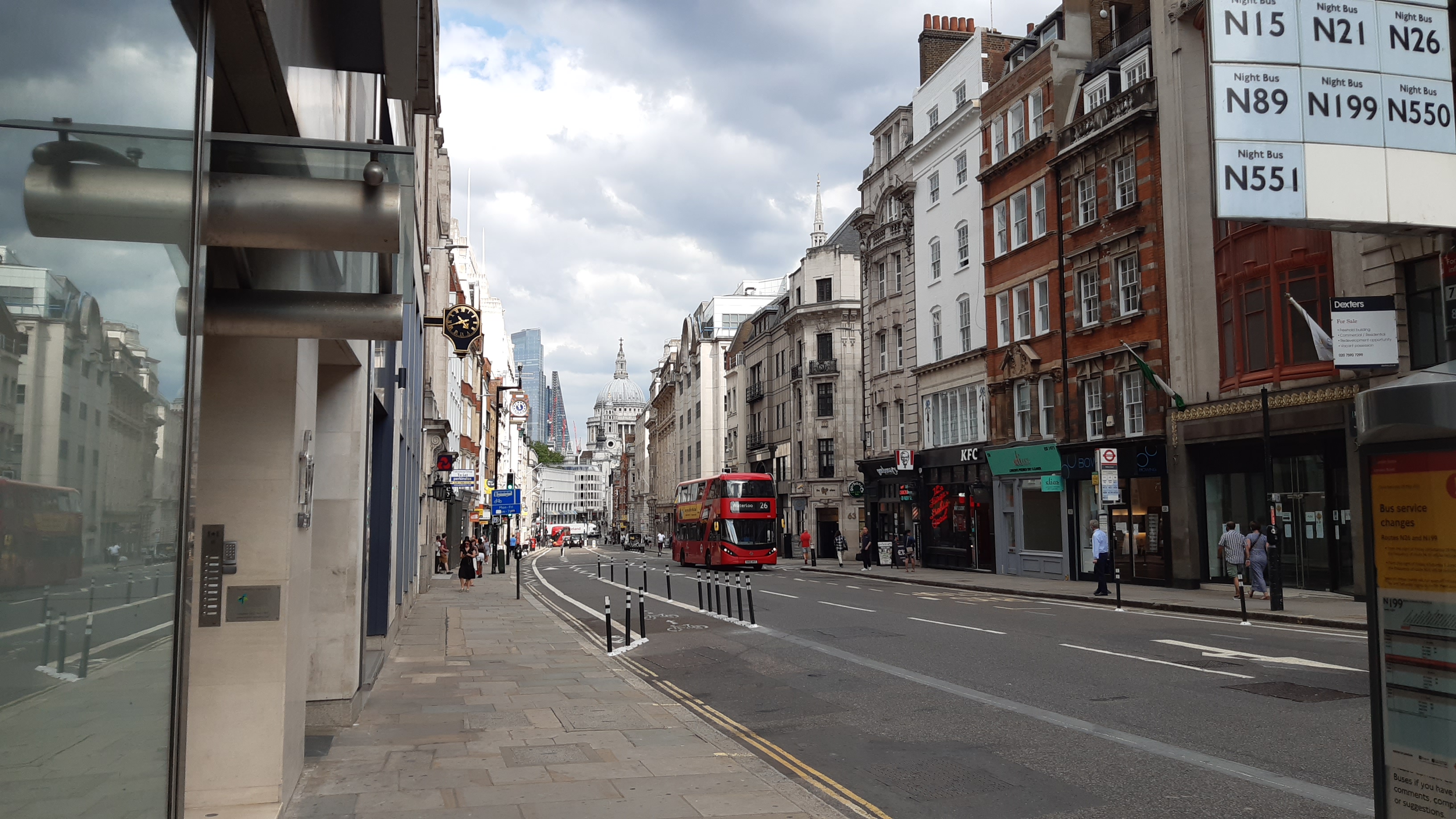The Last Time The Thames Froze

The River Thames is the second longest river in the UK and flows from Thames Head in Gloucestershire out to the North Sea in the Thames Estuary. On its journey the Thames pases Oxford, Reading, and Windsor among other towns and villages with it then flowing into and through London.
The Thames is located in the south of the UK and subsequently rarely experiences subzero weather. This makes the freezing over of the Thames last year (don't get your hopes up) a rarity.
The River Isis
The River Thames is also called the River Isis in the section between the source at Thames Head and Dorchester, which is about 8 miles south of Oxford. The name of the river was first recorded as "Isa" in around 1350; and by 1577 the river had its current name "Isis" according to David Mills in “A Dictionary of British Place-Names”. The Isis joins the River Thame just south of Dorchester at a confluence. The name Isis was artificially created from "Tamesis" which was the ancient name for the Thames.
You might expect that the frozen section of the Thames would have formed in this first narrow section of the River. But the sheet of ice which formed in February 2021 was at a much wider and well known section of the River inside Greater London.
Teddington Lock

Teddington Lock was where the section of ice formed in February 2021. The ice was helped by the nature of a lock as some of the water around a lock is stationary.
Teddington Lock is located on the River Thames (as you would expect) just north of Kingston in the London borough of Richmond upon Thames. The lock marks the end of the "tidal Thames" as water can only travel in one direction through a lock (due to the elevation change). This means that downstream of the lock the water level is dictated by both the discharge of the river (the amount of water flowing towards the mouth) and the tides caused by the moon and sun. But upstream of the Thames only the discharge of the river (mostly rainwater but sometimes raw sewage) dictates the river level.
The Ice

In fact on the 13th of February 2021 at least two sheets of ice formed next to the closed upstream gates of Teddington Lock. Whilst not huge, the sheets of ice were substantial enough for birds to land on.
The ice, as it partially blocked the flow of water, meant debris from the river piled up. And whilst most of this debris was organic matter (mainly twigs and leaves) there was some plastic pollution. The plastic then flowed, when the ice cleared, into the north sea increasing the plastic pollution in our oceans. Collectively it slowly reduces the health of the marine ecosystem and causes massive damage to our collective planet.



Comments
Post a Comment